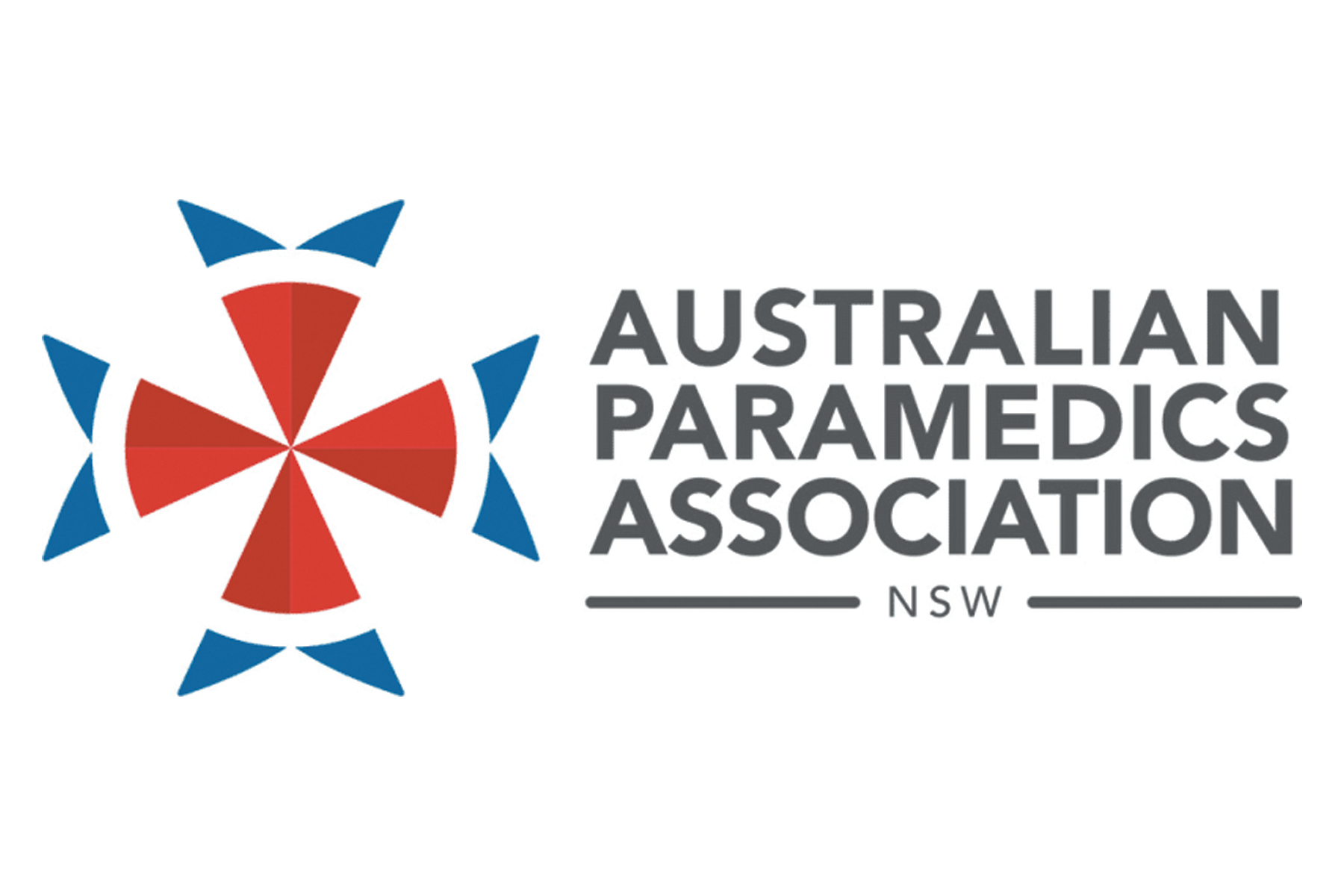Following the Productivity Commission’s Report on Government Services, the Australian Paramedics Association of NSW (APA NSW) released a report on February 1, regarding its findings about healthcare emergency services.
APA NSW’s report shines a light on numerous systematic deficiencies within the NSW healthcare system including decreasing cardiac arrest survival rates, delayed ambulance response times, and public hospital triage inconsistencies.
The report outlines the significant decline in cardiac arrest survival rates, currently at 40.8% compared to 53% in the previous decade.
NSW also has one of the worst reported ambulance response times among Australian states. In Sydney, 10% of patients waited more than 32 minutes for an ambulance. In comparison, the 90th percentile of waiting time in the ACT was 16.8 minutes.
Once at the Emergency Department, statistics show that only 75% of triage category two (emergency) patients are seen on time.
According to NSW Health, Triage Category Two patients should be seen within ten minutes as they have a life-threatening condition.
Declines in healthcare system efficiency have occurred despite recent governmental efforts to increase staffing. Over the last decade, 1,500 additional full-time operational staff have been hired.
In 2022-23, total ambulance service organisation revenue was $5.5 billion, an increase of 9.3% from the year prior.
However, APA NSW’s report emphasises that staffing and funding increases have been inadequate. APA NSW President Brett Simpson states, “Just adding more staff is a band-aid fix that will not alone solve the healthcare crisis. We need action on APA’s We Deserve Better asks.”
APA’s We Deserve Better campaign demands substantive action to address the healthcare crisis. The union calls for six changes: an end to the wage gap and a real pay rise, more paramedic specialists to provide advanced clinical care, 24/7 patient transport vehicles to improve ambulance response times, investment in accessible community-based care to relieve the burden on emergency services, implementation of the 44 Regional Healthcare Inquiry recommendations and review of triage systems to manage call volume.
The campaign calls for 1,000 signatures and sits at 868 at the time of writing.
Honi spoke with Simpson about government involvement in resolving the crisis. Simpson explains how they face a “mammoth task” due to the extensiveness of issues in the hospital system and “over a decade of neglect by the Coalition Government”.
“The fastest thing the government can do is to implement existing staffing targets… some staff promised in year 1 have not been delivered”, Simpson explains.
“The recent deal on wages means NSW will stop losing paramedics to other states”, Simpson adds. This fulfilment of an APA demand may improve staffing and therefore decrease wait times.
Simpson also emphasises that university forms the “main pipeline of recruits”, and therefore reform is needed to bring a diverse range of students to paramedicine, such as mature aged students.





